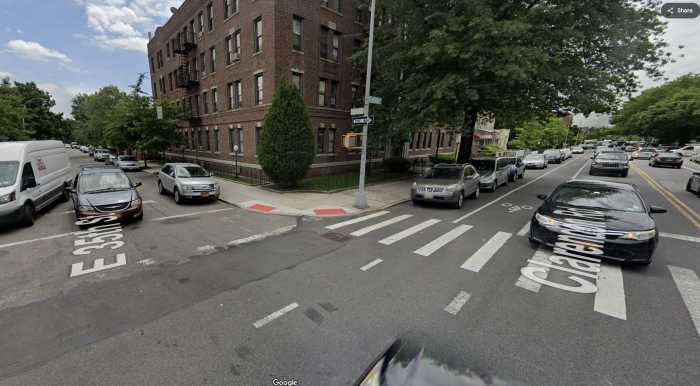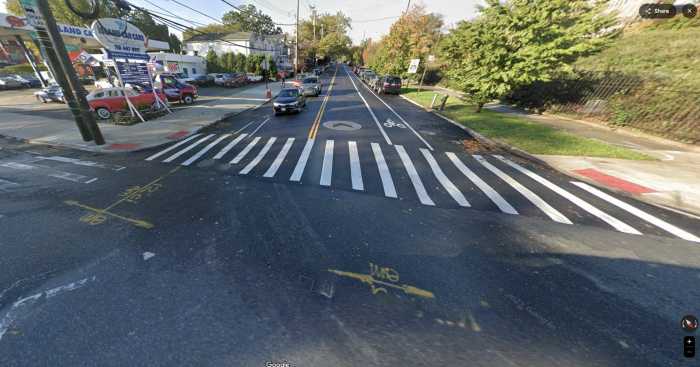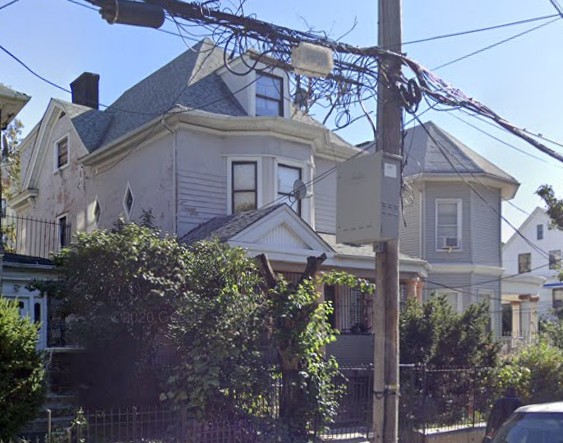
The subway system is nothing if not a dirty, smelly place. But it doesn’t have to be so bad if the MTA stuck to its cleaning schedules, according to an audit from city Comptroller Scott Stringer.
The audit shows that tracks in seven stations — just 3% of the 276 underground stops — met New York City Transit’s cleaning schedule, once every three weeks. More than half the stations got between four and eight visits from an 11-person cleaning crew a year, according to the audit of cleaning records between July 2013 and June 2014.
“The tracks have become appalling garbage dumps,” Stringer said at a news conference outside of the F train stop at East Broadway. “The MTA has failed to clean them according to their own standards.”
The MTA uses two vacuum trains to suck up litter on the tracks, with a $23 million contract out for three more. But the vacuum trains in use now can’t get all the trash, because they run on a low setting to prevent damage to the tracks, according to the audit.
In looking at 33 station tracks before and after a vacuum train cleaning, there were pieces of garbage that stayed on the track bed. Meanwhile, equipment failures sidelined the vacuum trains for 188 days over the year studied, the audit found.
Garbage on the tracks could spark track fires; there were 48 track fires alone from trash in February, according to the most recent MTA statistics.
“With record ridership, there’s no room for error and we have to be doing everything we can to cut down on delays, not to increase them,” said John Raskin, executive director of the Riders Alliance, a grassroots transit group.
“They have some really decrepit stations that need some fixing up,” complained Mary Clarke, 45, of Washington Heights.
She would like the MTA to hire more cleaning crews to keep stations looking nice and not “dingy” like her 168th Street stop, which is getting repaired.
“You see it cluttering up with a lot of water,” she said of garbage on the tracks. “You think, this could start a track fire.”
Edward Tavarez, 34, who takes the train into the east side from Williamsburg, said the MTA should step up its trash collection.
“If it’s clean, it’d look much better,” he said. “It’s a bad smell in some places.”
Stringer said that stations in most need of a good repainting are ignored during weekday overnight closures under the MTA’s Fast Track program.
Of 39 stations that were closed overnight over the course of the audit, most had paint peeling from the walls, but seven were scheduled for a painting. NYCT in its response to the audit said maintenance of track, signal and power systems takes priority over painting for late night weekday station closures.
“We have to develop and stick to a system of cleaning tracks on a regular basis and we have to increase the number of painters so they can target the stations that need the repairs the most,” said Stringer, whose audit found a drop in the share of the MTA’s budget that goes to maintenance and cleaning.
MTA spokesman Kevin Ortiz noted that more money has been devoted to cleaning: $139 million last year, a $28 million raise from 2008. He added that the MTA created a “more systematic cleaning frequency” for track beds based on average number of trash bags hauled out and how much garbage accumulates.
“MTA New York City Transit regularly reviews opportunities to increase investment in the maintenance and cleanliness of stations,” he said.






























